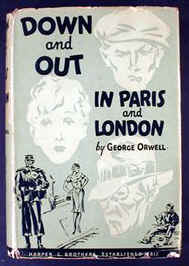 I love rice pilaf, but when you look at the price of the boxed stuff, it's outrageous: about $1.50 for a mix like this one containing three, at most four portions. Considering I just bought three pounds-plus of rice for $3.75, it's a rip off.
I love rice pilaf, but when you look at the price of the boxed stuff, it's outrageous: about $1.50 for a mix like this one containing three, at most four portions. Considering I just bought three pounds-plus of rice for $3.75, it's a rip off.So this weekend I set out to make rice pilaf from scratch. I laid down a couple of teaspoons of olive oil in my big frying pan and sauteed a small onion and a clove of garlic, being careful not to brown them. Once the onion was soft, I added a cup long grain rice (I like the Carolina brand), plus salt and pepper and cooked the mixture for a couple of minutes. I then poured in two cups of chicken stock, brought it to a boil, covered, set on low and let simmer.
Problem one: as I've found in the past, for some reason you need more liquid when cooking rice in a pan than in a pot. I'd like to know the scientific explanation. It's puzzling and frustrating.
After about 10 to15 minutes, most of the liquid was gone. I tasted and it was like putting pebbles in my mouth. I added another cup of water and cooked some more. After another 10 minutes, I tasted again and it was done.
The result: not terrible, but also not a lot of taste. My daughter corrected concluded that it needed a salt, which did improve it. That said, not a disaster, entirely edible, but uninspired and borderline bland.
It's just so easy to rip open a box and pour that hydroginated goodness and polysaturated mystery chemical into the pan.












